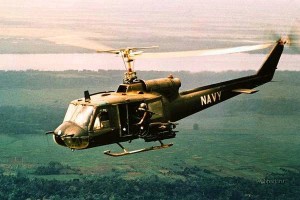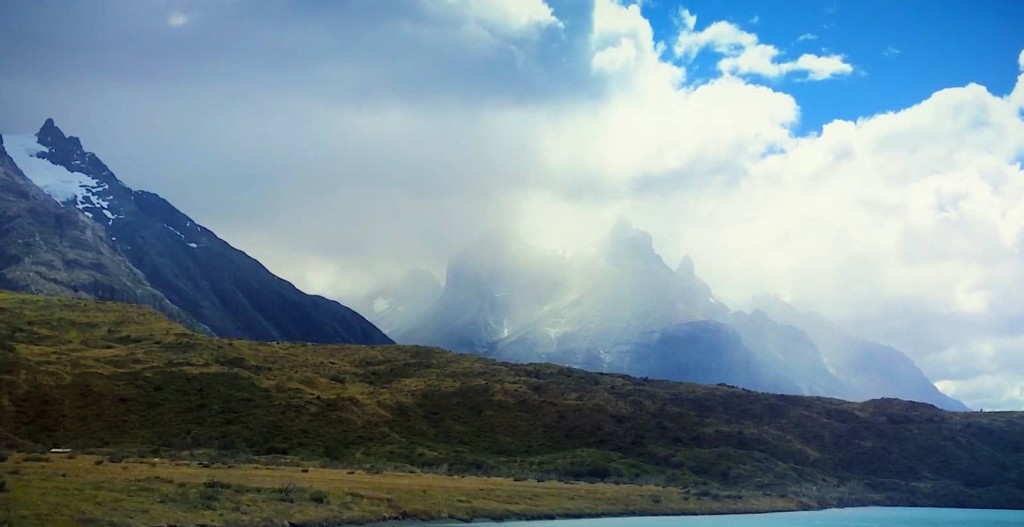Mobile moviemaking owes a great deal to Spanish filmmaker Conrad Mess. His prize-winning shorts —such as “The Fixer” and “The Other Side”—gave early proof that smartphone movies can achieve astonishingly high production values even when constrained by modest budgets.
In a behind-the-scenes video, Conrad tells how each member of the cast and crew contributed to the success of “The Other Side.” The insights found in this making-of video will be valuable to both novice and experienced mobile moviemakers.
Perhaps the most important discovery is Conrad’s belief that each project he attempts provides him with lessons that advance his career. He has taken learning-by-doing to a new level as is made clear in the following interview. Here he talks candidly about “Desert Eagle,” a sci-fi action movie that, in his words, was to be his “most ambitious project.” The story doesn’t have a Hollywood happy ending. But it is gripping and instructive for other filmmakers who are dreaming big.
MMM: What elements made “Desert Eagle” an ambitious project?
CONRAD: For starters, the script required a huge amount of visual effects (VFX), never done before using an iPhone. And some of the digital effects would be combined with practical effects (images that use real objects).
MMM: For example?
CONRAD: There was going to be an amazing fight scene that would involve a huge amount of blood. And it would have meant managing a lot more actors than on my previous projects. Plus there would be many more locations. All of these complexities required more sophisticated management on my part. And not just during the shoot. With a bigger project you need a bigger preproduction effort meant to reduce the number of things that can go wrong.
MMM: It sounds scary.
CONRAD: Yes, there would be big challenges. But I like for each of my projects to be a lesson. It’s the way that I learn how to make movies.
MMM: So what did you learn from “Desert Eagle.”
CONRAD: Budgeting and fundraising. The finished budget turned out to be three times what I had anticipated based on my experiences making simpler movies. With those earlier movies, I relied a lot on the help of friends, who didn’t charge me for their work. I just had to pay for the food and transportation, and of course music license fees.
MMM: But with “Desert Eagle”…?
CONRAD: First of all, I had decided to shoot in the U.S. instead of Spain. It turned out everything is more expensive in the U.S. The three investors–I’m one of them–could have handled that surprise. But a bigger problem came with the VFX. For example, there was a scene in which a helicopter would explode. To get this we needed a real helicopter and the same helicopter modeled in 3D. For it to look real, the modeling had to be perfect, especially because the explosion was going to be shown in slomo (slow motion). This kind of thing is very expensive.
MMM: Did you consider doing the VFX work yourself?
CONRAD: I can handle some VFX, but not the kind of quality this project required, which I why I talked to my friend Javier Horrilllo from Virtual Art Studio. They did great work on my earlier film “The Other Side.” This time, however, the cost of the VFX was just too much for my small group of investors.
MMM: Did you consider ways to reduce the complexity of the project and make it more affordable?
CONRAD: No. Instead, I tried to get the money. The way I approach filmmaking, the work has to be the best that it can be. It’s do or die. Over the five years since I premiered my first movie, I’ve met a lot of people who helped me without asking for anything in return. The most important thing in making low-budget mobile movies is having friends.
MMM: And what about making bigger budget movies?
CONRAD: Friends still matter. For example, Glen Mulcahy, founder of MojoCon, introduced me to Samsung’s marketing people in Ireland. There was a chance they’d invest in my project if I shot it with their latest Galaxy phone. In the end, the collaboration didn’t happen, but I have to say that it was an honor for me that such a big company considered my project. And certainly it didn’t stop me from working. I decided to write a cheaper film, just one location and a few actors, and that’s how my current “Time to Pay Off Debts” was born. It’s to premier this summer.
MMM: Seems like you’re always thinking ahead. So what’s next?
CONRAD: I’m going to start a new project called “How to make low budget iPhone short films.” Each week (I hope) I’ll upload a video to my youtube channel. We’ll cover the entire process in detail —from writing to editing to the premier of the movie.
MMM: Can you share one of your tips?
CONRAD: In the writing episode, I’ll advise moviemakers not to write the script until they know what their resources are. It’s stupid to write a short film that happens in a spaceship, with an alien and predator, if you don’t have access to a spaceship set or a make-up artist capable of creating aliens or predators. It could be a great script ruined by bad staging, so it is easier to find out what you have access to, what are your resources, your equipment, your actors, and then, write the script with what you really have.
MMM: This sounds like a series worth watching. Let us know when it’s time for us to tune in.




 Previous post
Previous post
 Next post
Next post





